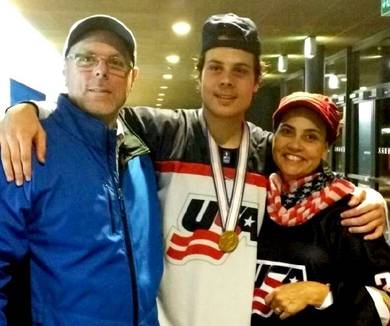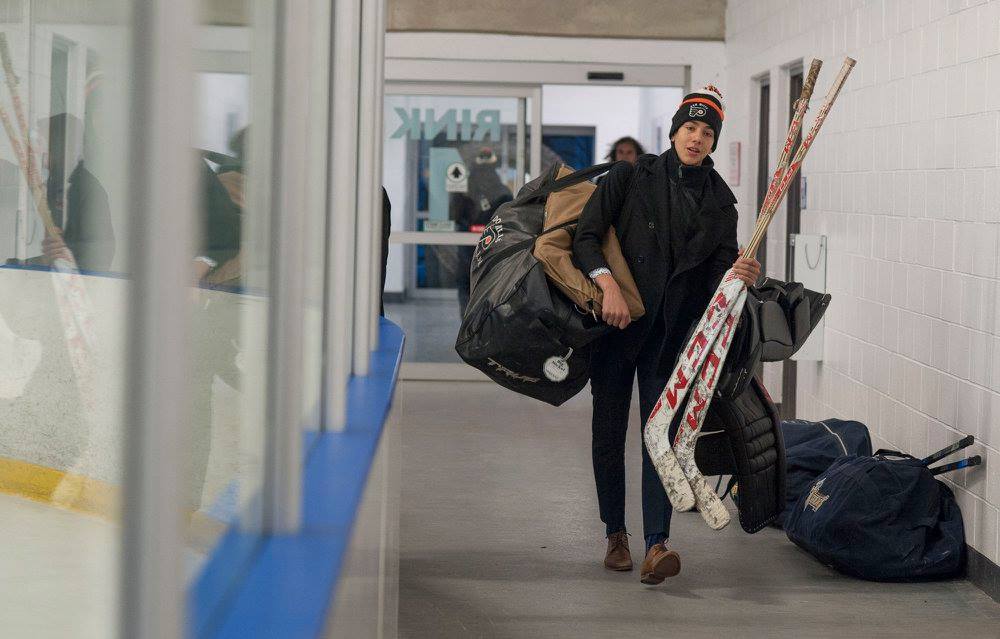The word “culture” has six definitions in the Merriam Webster dictionary. The most common usage: “a systematic set of norms or the traditional way of doing things.” Just a few years ago it was designated as MW’s “Word of the Year,” representing the most-searched term on their website.
Historically, cultural change in any field was slow. But in the 2000s, cultural change has shifted into high gear. As many authors and social scientists have noted, change in culture is now frequently driven by technological advancement. In his latest book, Pulitzer Prize-winning author Tom Friedman starts that kind of analysis by asking: “What the hell happened in 2007?” In that year alone: the iPhone arrived; cloud computing started; social networks, particularly Facebook and Twitter, took off; IBM started building Watson, the world’s first cognitive computer; the sharing economy in the form of Airbnb was conceived; the cost of sequencing the genome began to fall dramatically; and the internet crossed well over a billion users. Friedman argues that these huge disruptions and accelerations in technology, communication and globalization started to feed off one another so ubiquitously that they have led to rapid changes in culture – in the “traditional ways of doing things.” That has, in turn, led to new ways of looking at the world and the future.
In the world of sports – in athletic participation trends generally – we have also seen rapid cultural change in recent years. In Canada, individual and informal sport participation is increasing, while organized and team sport participation is decreasing (Stats Canada: “Who participates in active leisure?”).
Not surprisingly, “Gen Z” (born in 2000 or after) is the most active generation in North America (The Physical Activity Council: “2017 Participation Report”). A new fitness culture has developed, with more consumer awareness of health and wellness, the increasing popularity of gym memberships and swimming, and increased spending on footwear and fitness tracking devices. We also see the rise of extreme sports and endurance sports like triathlon.
At the same time, participation in organized sport is declining (Statistics Canada: “Kids’ Sports”). Furthermore, organized sport preferences in Canada are changing. Hockey has fallen behind soccer in youth participation rates. And in Toronto, where sport participation and popularity has changed to reflect the significant changes in social demographics over the past 20 years, basketball is seeing huge gains.
Some people suggest that, while the overall sport landscape has certainly seen major shifts, hockey has not changed very much or very rapidly. Some hockey commentators argue that, notwithstanding broader changes in sport, hockey should not change very significantly because it’s “Canada’s game,” which we should carefully conserve. But of course, hockey has, in fact, changed dramatically in the way it is played. Culturally, our sport is now transforming within the mutable culture of Canada.
I just finished reading Ken Dryden’s excellent new book, Game Change. He makes many thoughtful observations about our game, particularly about ways to make it safer. Dryden puts those suggestions into the context of how the game has changed over time, attributing some of the most significant changes to the 1972 Canada-Soviet Summit Series. Dryden notes that while the Soviets didn’t win, they showed that hockey could be played at the highest level in more than one way – they demonstrated the effectiveness of a game focused on passing and puck control, with players who had developed skills and fitness through off-ice training. Dryden writes: “And so the Summit Series produced an almost unique result: its winner was changed more than its loser.”
The pace of change in hockey has accelerated in the last 10 years. It has always been called “the fastest game on Earth,” but now hockey is faster than ever, with strict rule enforcement against obstruction, and players changing on the fly every 45 seconds or so (as compared to the two-minute shifts of past eras). Players can go full-out for every moment of every shift. Skates and sticks have been greatly enhanced, players are better conditioned, and even the ice is faster. The latest trend of using data and analytics continues to change the way the game is studied and taught by coaches.

The Vancouver Olympics fueled what was already a huge passion for international hockey in Canada – seeing the game played at its fastest and most skillful level. A record 16.6 million Canadians watched Sidney Crosby score the “Golden Goal” in overtime – a moment that would not have been believable if written into a movie script. Despite the youth participation numbers noted above, that event reinforced hockey’s hold on the imagination of Canadian kids. The Vital Signs Report from the Toronto Foundation found that 90 per cent of Canadians said that Olympic success has had a positive influence on their Canadian pride – and it may have had the most impact on the children of new Canadians who were less familiar with hockey.
There have also been significant cultural shifts in the last 10 years in the ways hockey and other sports are consumed by fans, including young fans who take lessons from the pros. Some of those cultural changes mirror what has happened in other industries and in society as noted above. At the professional level, never has media coverage of sport been so extensive, and non-traditional markets, players and voices are blossoming. To mention just a few: Nashville has gone hockey crazy with the Predators’ run to the Cup Final last year; Auston Matthews, son of an American college baseball player and Mexican mother, learned his game on a half sheet of ice in Arizona and then played his first professional hockey in Switzerland; the new Vegas Golden Knights are broadcasting games in Spanish; and many Canadians will be familiar with the great Punjabi broadcasts of NHL games by Harnarayan Singh.
In sports viewership, social media and live streaming have made watching sports an interactive experience, as viewers look at second screens for stats, receive live updates and share comments. According to Google, 77 per cent of fans now watch TV with a laptop, phone or tablet nearby. Sometimes, these new technologies have downsides, as they amplify “celebrity culture” in sports and encourage some pro athletes to focus on their personal “brand” and their social media following. Management of professional teams see the value of their athletes’ social following, but it can be a double-edged sword – while professional hockey has been mostly clean, the fall from grace of some iconic athletes in other sports have resulted in a betrayal of fans’ trust in sport generally. However, the silver lining has been a greater demand for integrity from pro athletes.
Not only is sport culture changing internally, but sports organizations are now taking more active steps to promote positive change in society. The NHL and the NHLPA recently came out with a “Declaration of Principles,” a commitment to use the game of hockey as a platform to foster positive values and develop important life skills. We are also seeing greater social activism by many individual players who can use their positions as role models for good causes. Here in the GTHL, in addition to the various programs that the League and our Clubs have traditionally operated, we are currently working with the True Sport Foundation in developing new ways to bring kids into our game, and to utilize sport to build strong values and inclusiveness. The True Sport Principles are: Go for It – rise to the challenge; Play Fair; Respect Others; Keep it Fun; Stay Healthy; Include Everyone; and Give Back. (We’ll have more to report on our plans with True Sport in the months to come.)
Finally, one of the GTHL Board members, Andrew Kidd, recently pointed out to me that, statistically speaking, the most successful team in sporting history is the New Zealand national rugby team. Their win rate over the last 100 years is over 75%. Their mantra is: “Better people make better players.” They also have long had a saying: “Leave the jersey a better place” – in other words, honour and represent those that have come before them. With those principles as their priorities, success has followed on and off the pitch. James Kerr, a business author who has profiled the NZ team as a model organization notes: “Understanding this responsibility creates a compelling sense of higher purpose … Better people make better [players], but they also make better doctors and lawyers, bankers and businessmen, fathers, brothers, and friends.”







